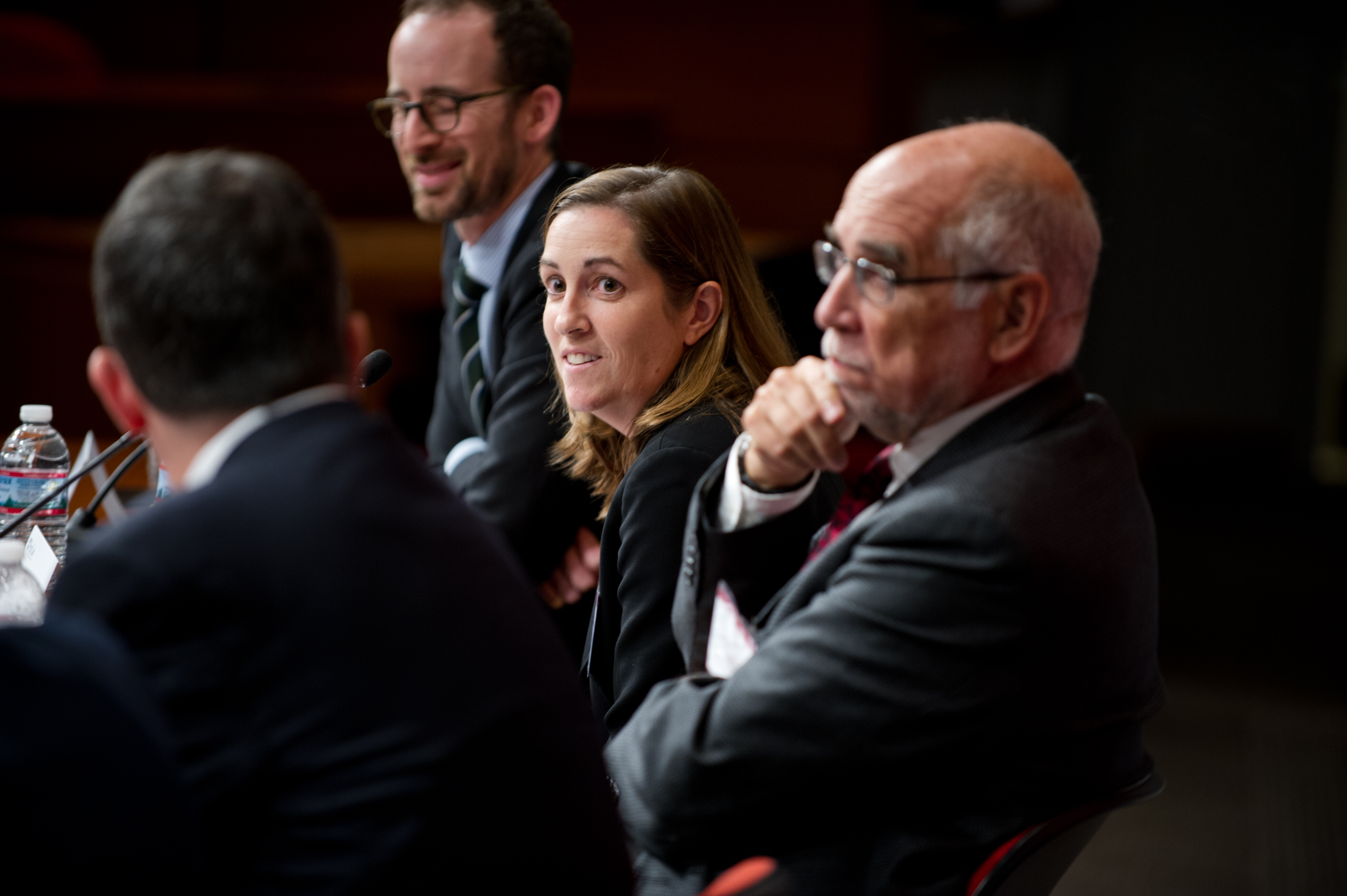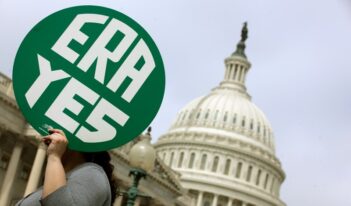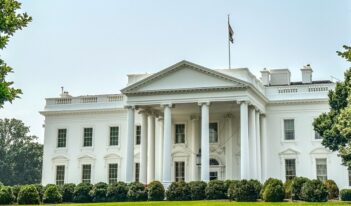
Patricia Bellia explores legality of deferred action program under the faithful execution clause.
How can a policy that expressly defers enforcement comport with the “faithful” execution of the laws? At a recent symposium organized by the University of Pennsylvania Law Review, law professor Patricia Bellia analyzed this major constitutional question.
The U.S. Constitution provides that the President “shall take Care that the Laws be faithfully executed.” Yet in 2014, President Obama announced an immigration reform program that allows lawful permanent residents and parents of U.S. citizens to request deferred removal action for three years, provided they have lived in the country since 2010 and can pass background checks. But whether this action accords with the statutory law or the faithful execution (or “take care”) clause is of much debate.
Bellia, the William J. and Dorothy K. O’Neill Professor of Law at the University of Notre Dame Law School, began her speech by noting two mirror-image aspects of the Constitution’s faithful execution clause: its discretion-granting and discretion-limiting powers. The discretion-granting function, she stated, gives the president flexibility to say how and when to execute the law. Conversely, the discretion-limiting function imposes on the president a duty to execute the law in a faithful manner.
According to Bellia, courts have failed to calibrate these two competing aspects of the law, leaving the executive with the task of understanding what “faithful execution” means. To explore both the discretion-granting and discretion-limiting features of the faithful execution clause, Bellia analyzed the Obama Administration’s legal defense of its immigration policy.
Almost simultaneous with the President’s announcement of the immigration policy, the Justice Department’s Office of Legal Counsel (OLC) issued a 33-page memorandum concerning the scope and legality of the U.S. Department of Homeland Security’s discretion in the program. The OLC opinion, Bellia said, attempted to explain what faithful execution “looks like,” particularly in the context of immigration enforcement. However, she argued that the OLC framework’s importance transcends the immigration context.
On the surface, Bellia explained, the OLC opinion discusses two issues with respect to the administration’s immigration policy, known as Deferred Action for Parents of Americans and Lawful Permanent Residents (DAPA). First, Bellia commented on the opinion’s treatment of the notion of substantive fit, which questions whether the executive is enforcing a policy within the bounds of the statutory scheme — in this case, the Immigration and Nationality Act. Second, she remarked that the OLC memorandum embedded a procedural question in its legal analysis, probing the tension between exercising enforcement discretion case-by-case or instead under a categorical rule.
As to the first issue, Bellia argued that the OLC opinion gives the impression that anything outside of the statutory authority is not faithful execution as demanded by the Constitution — which, in her opinion, is likely wrong. In her view, there must be bases for deploying enforcement discretion that fall outside of the scope of the statute but nonetheless remain constitutional. Although an unreasonable interpretation of a statue is unlawful, she said, it is not necessarily a violation of the faithful execution clause. According to Bellia, the OLC opinion’s framework threatens to constitutionalize a range of claims that the law ordinarily treats as statutory interpretation claims.
In addition, Bellia assessed the OLC’s emphasis on congressional silence as a means of tacit approval for immigration deferral policies. In her view, the OLC opinion construed Congress’s failure to disapprove of a prior initiative, Deferred Action for Childhood Arrivals, as evidence of approval for DAPA. But because Congress is designed for inaction, she said, drawing many inferences from Congress’s failure to act is difficult. Furthermore, she worried that assuming congressional approval of enforcement discretion based merely on inaction may only ratchet up power every time the executive pushes its boundaries.
Adam Cox, the Robert A. Kindler Professor of Law at the New York University School of Law, provided commentary on Bellia’s presentation.
This essay is part of The Regulatory Review’s ten-part series, The Bounds of Executive Discretion in the Regulatory State.
The recent Symposium was co-sponsored by the Penn Program on Regulation (PPR) and organized by Penn Law professors Cary Coglianese, director of PPR, and Christopher Yoo.



